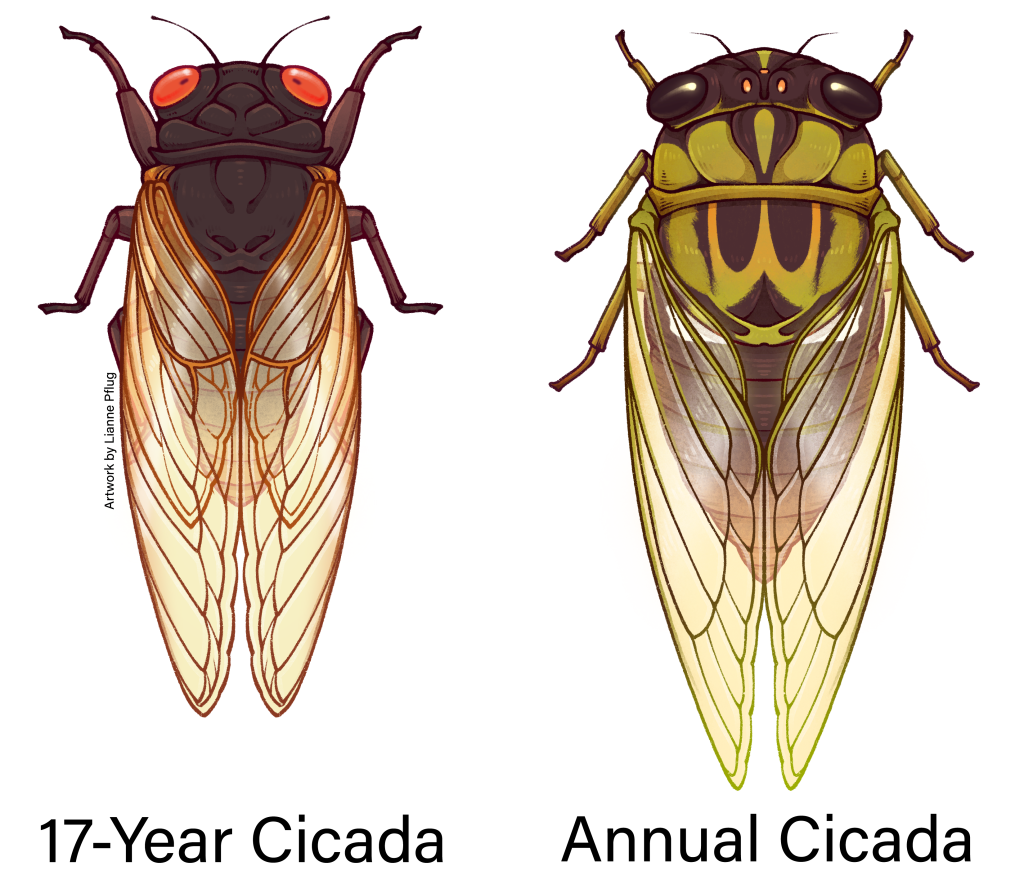by Dave Price, American Farmland Owner e-newsletter
“Parts of Wisconsin will be a lot louder this summer.” “Illinois to see uptick in cicadas in 2024.” “Cicadas set to emerge in Alabama following historic emergence.”
Those news headlines sound interesting, huh? Perhaps, but likely not enough to make you lose sleep.
But then, there is also this one: “A trillion cicadas will descend on the US this spring in a rare event that could leave an unforgettable stench.”
A TRILLION. That may seem like a lot, especially when you write it out:
1,000,000,000,000
That can be a fearsome figure for anyone trying to grow anything or raise animals (besides cicadas). Counting sheep at night may not stop your mind from racing -instead of letting you sleep – at the thought of what a TRILLION cicadas might do to your livelihoods and investments.
When the trillion cicadas arrive, it may get really loud. It may get really stinky. But this occurrence of two “cicada broods” arriving together for the first time in more than two centuries…may not cause many issues for your farm, pasture, ranch, or investment.
Exhale. You can rest again.
Here are some facts about cicadas as they prepare to make their arrival, courtesy of Cicada Safari:
*Cicadas have been tunneling their way to the surface but waiting until the soil temperatures in the final 7-8 inches of their destination reaches about 64 degrees.
*The males sing. Females are their silent partners.
*It’s fluid only for adult cicadas’ diet. They don’t eat solid foods.
*Cicadas don’t always follow the calendar. For the most part, they stick to their 13 or 17-year cycle. However, some stragglers don’t wait to emerge with the rest of their group.
*You can eat cicadas. They don’t taste like chicken. They do taste like cold, canned asparagus, which might not be the best marketing slogan. Cicadas can be a low-fat food source. Female cicadas are higher in protein.
Cicada Safari points out that, for the most part, cicadas have ecological benefits. Their tunnels aerate the soil. Cicadas’ decaying bodies offer plentiful additions of nitrogen and other nutrients to the soil. Their egg-laying process helps to serve as a natural pruning process and allows the tree to produce more flowers and fruit in the following year.
To read the entire article click here.






